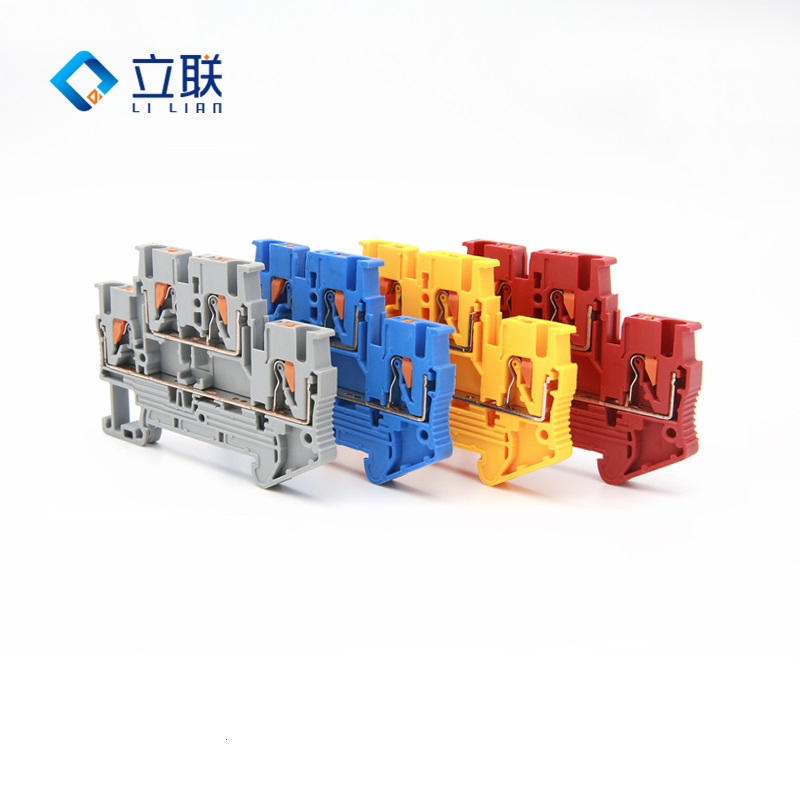
As a manufacturer or engineer, creating a part drawing is a crucial step in the design process. It provides detailed information about the part’s dimensions, geometric shape, material, and processing requirements. Part drawings are fundamental documents in the manufacturing process, providing information not only about the part but also guidance on how to manufacture it.
Part drawings typically consist of several parts, including:
- Title Block: The title block contains information such as the drawing number, revision number, part name, and date of creation.
- Views: Views are 2D representations of the part from different angles. They show the part’s shape and size and provide information about the location of features such as holes and slots.
- Dimensions: Dimensions provide exact measurements of the part, including length, width, and height. They also specify tolerances, which are the allowable variations in the part’s dimensions.
- Notes: Notes provide additional information about the part, including material specifications, surface finish requirements, and any special instructions for manufacturing.
Creating a detailed and accurate part drawing is essential for ensuring that the part is manufactured correctly and meets the required specifications. It allows manufacturers to understand how to create the part and ensures that the finished product will function as intended.
In conclusion, part drawings are a critical component of the design and manufacturing process. They provide detailed information about the part’s dimensions, shape, material, and processing requirements, and serve as a guide for manufacturers to produce parts accurately and efficiently.
